Cat Food – What to Know Before You Buy
Choosing cat food can feel overwhelming – shelves are packed, marketing is loud, and every brand claims to be the best. The good news is you don’t need a degree in nutrition to pick a solid option. Below you’ll get straight‑forward advice on the biggest choices, the things to watch for, and how to match food to your cat’s life stage and preferences.
Wet vs Dry – What’s the Real Difference?
Wet food packs a lot of moisture, which helps with hydration, especially for cats that don’t drink much water. It’s also usually softer, so older cats or those with dental issues often find it easier to eat. The downside? It’s pricier and needs refrigeration after opening.
Dry kibble is convenient, cheap, and great for keeping teeth a little cleaner thanks to the crunchy texture. But it’s low in moisture, so you’ll want to make sure your cat has fresh water all the time. Some owners mix both – a small portion of wet for extra water and the rest dry for convenience.
Choosing the Best Cat Food for Your Feline
Start with your cat’s age. Kitten formulas are higher in protein and calories because growing cats burn a lot of energy. Adult diets aim for maintenance, while senior foods often add joint‑support nutrients and are easier on the stomach.
Look at the ingredient list. The first ingredient should be a real meat source – chicken, turkey, salmon, etc. Avoid foods that list “animal derivatives” or “by‑products” as the main protein. A short list of recognizable ingredients usually means less filler.
Check the protein content. Cats are obligate carnivores; they need at least 30 % protein on a dry matter basis. If the label shows a low protein number, the food is likely too grain‑heavy for a healthy cat.
Consider any special needs. Some cats are prone to urinary issues, so a diet with balanced magnesium and low ash is helpful. Others may have food sensitivities – grain‑free or limited‑ingredient formulas can reduce reactions.Don’t forget the price‑to‑quality ratio. A product that’s wildly cheap often skims on the good stuff. Conversely, an ultra‑premium brand isn’t always necessary if the basic nutrition facts are solid. Compare a few options, read a couple of reviews, and choose the one that fits your budget and meets the nutrition basics.
Lastly, give it a trial run. Feed the new food for about a week and watch how your cat reacts – appetite, stool, energy level. If everything looks good, you’ve likely found a winner. If not, tweak the brand or switch to a different texture.
At Galloway Gourmet Dog Treats we focus on natural, high‑quality ingredients, and we’ve gathered the best cat food guides to make your decision easier. Whether you’re hunting the top wet formula, the most affordable dry kibble, or a tasty pate for a picky eater, the tips above will keep you on the right track.
Got a specific question? Drop a comment or reach out – we love helping pet owners find the perfect food for their furry friends.
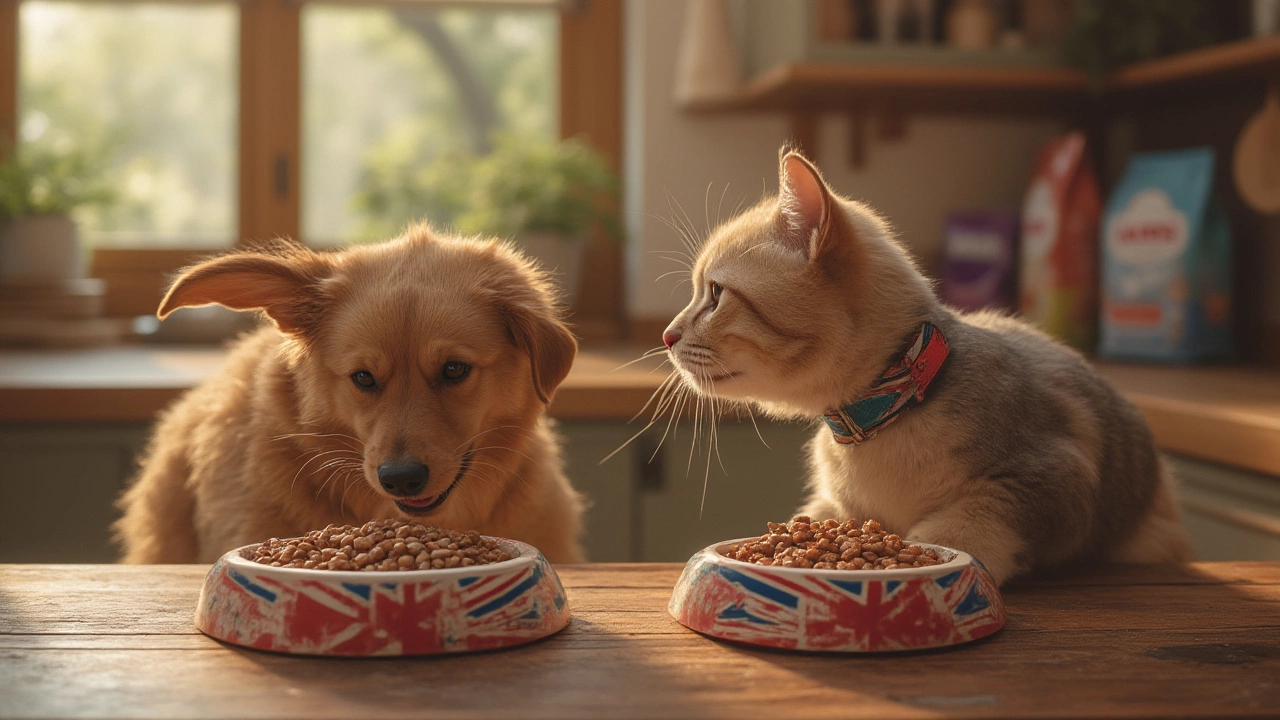
Purina vs IAMS: Which Dog and Cat Food Brand Is Better for Your Pet?
Curious whether Purina or IAMS suits your pet best? Dive into a detailed, unbiased comparison, uncover ingredients, quality, price, and which brand fits your pup or kitty.
View more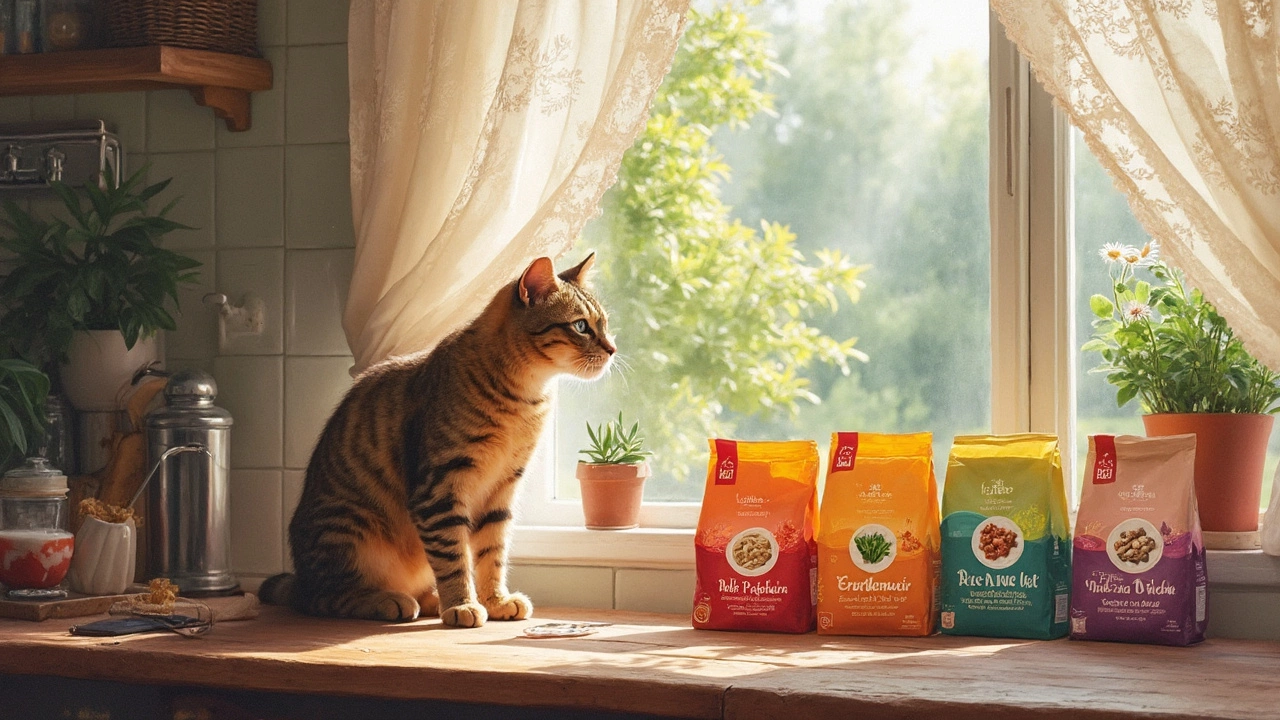
Can My Cat Thrive on Dry Food Alone?
Many cat owners wonder whether their feline companions can live healthily on dry food alone. While dry food is popular for its convenience and cost-effectiveness, it's important to consider how it impacts a cat's overall health. This article explores the nutritional needs of cats, the benefits and drawbacks of dry food, and how to make sure your cat's diet is balanced. Learn practical tips to ensure your furry friend stays happy and healthy.
View more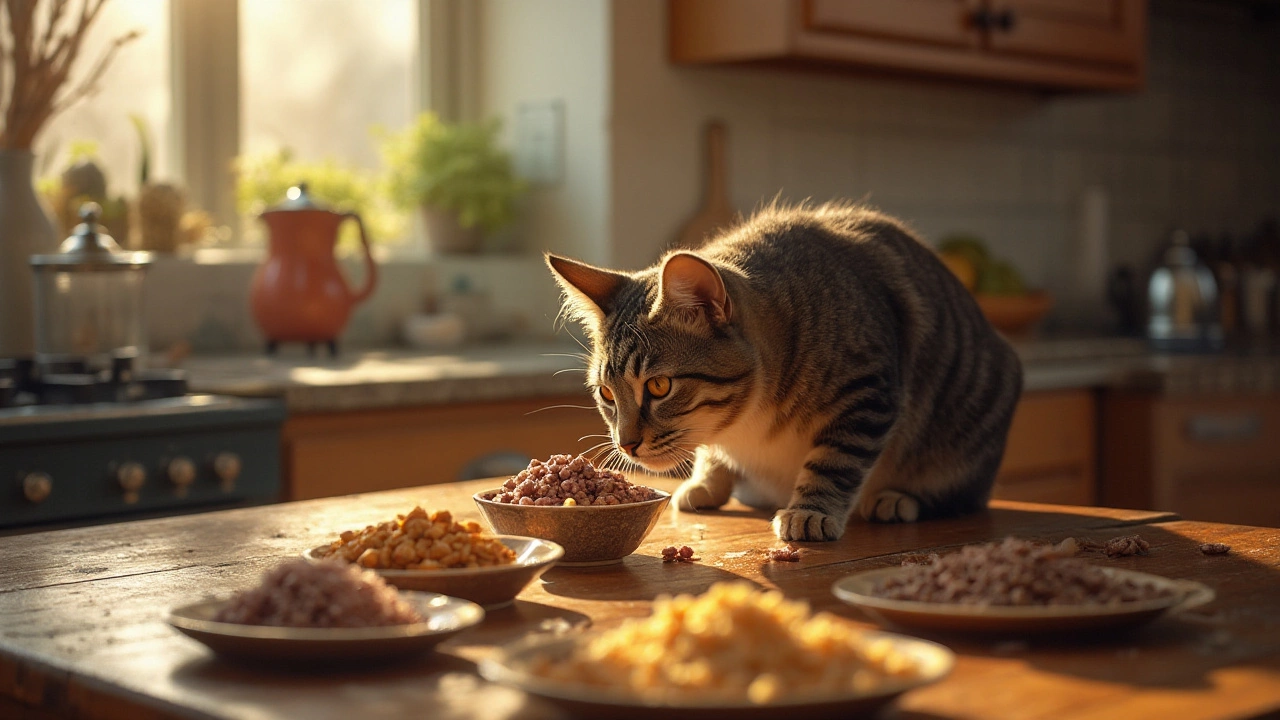
Do Cats Get Tired of the Same Food Daily?
Cats are creatures of habit, but do these curious felines ever find themselves uninterested in their meals? Exploring whether cats get bored of eating the same food every day, this article delves into the intricacies of feline dietary preferences. While some cats relish a routine, others might crave variety due to nutritional needs or sensory stimulation. Understanding these factors can help pet owners make informed decisions about their cat's diet.
View more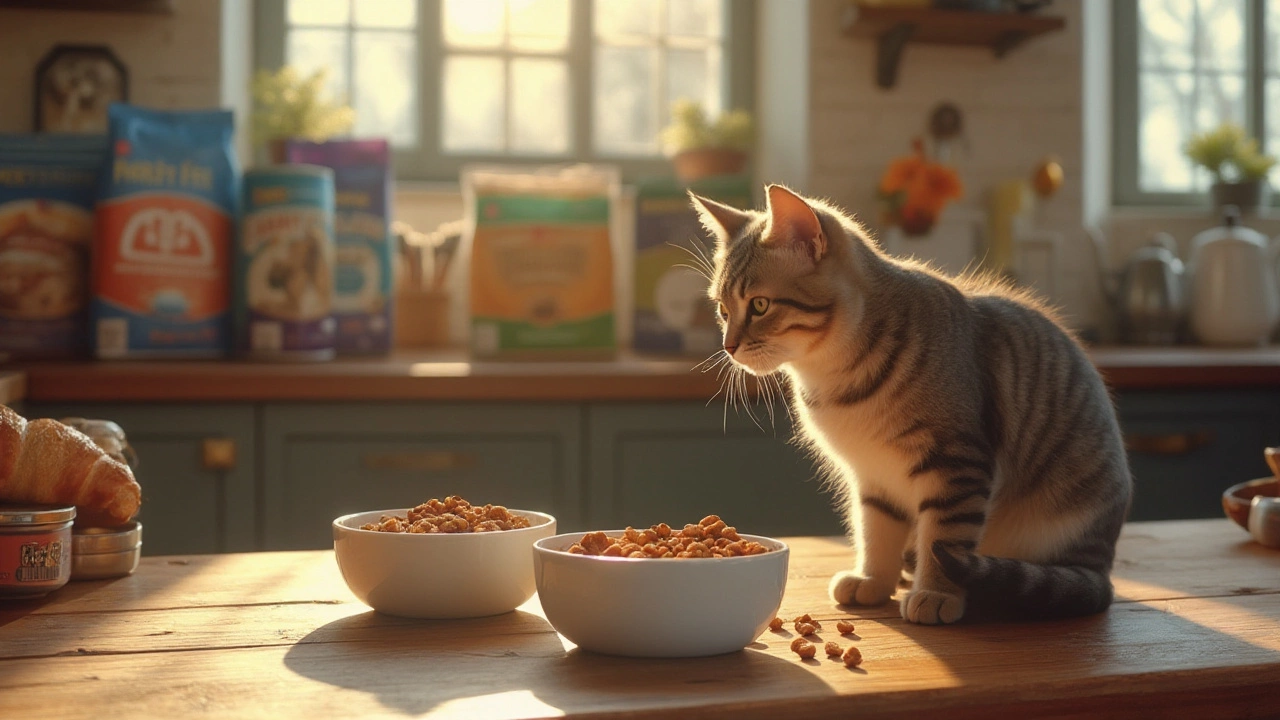
Can Wet and Dry Cat Food Be Safely Mixed Together?
Combining wet and dry cat food is a common practice among pet owners, but does it benefit your cat's diet? This article explores the reasons for mixing, potential benefits, and important considerations when creating a balanced meal for your feline friend. Discover how to ensure nutritional adequacy and why your cat might prefer a mixed feeding approach.
View more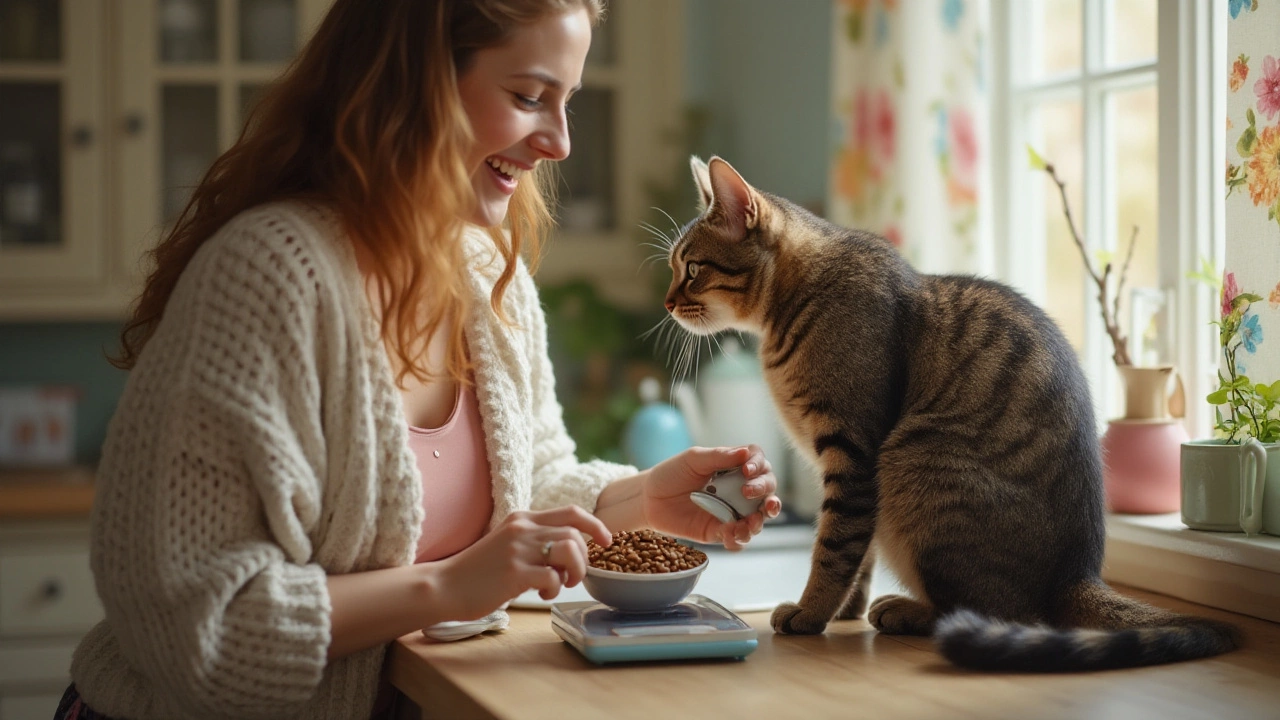
Optimal Wet Cat Food Portions: Daily Guidelines for Healthy Cats
Feeding your cat the right amount of wet food is crucial for their health and happiness. Determining the appropriate portion size involves considering your cat's age, size, and activity level. This article explores expert recommendations, examines the benefits of wet food, and offers practical tips for measuring portions effectively. By understanding your feline friend's dietary needs, you can ensure a balanced meal plan that supports their well-being.
View more